Exploring the possibilities of colour and geometry with legendary artist Frank Bowling
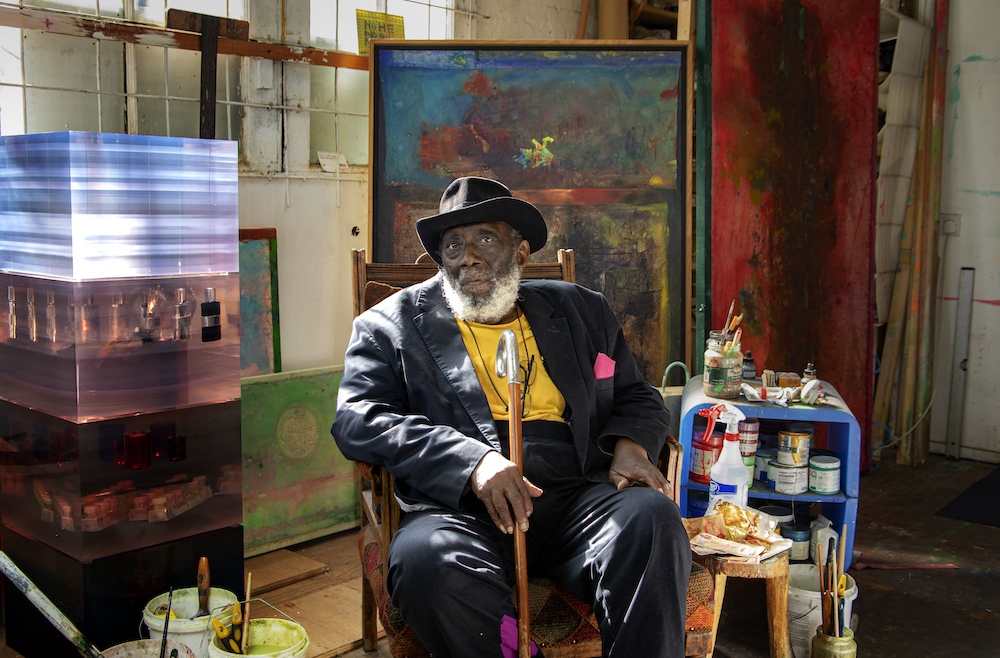
It’s not often one meets a modern master; Frank Bowling, at 88, undoubtedly is one. In the course of his multifaceted six-decade career straddling Britain and America, the British, Guyana-born painter has moved between figuration, Pop and Abstract Expressionism to create a painting style that is uniquely his own. Watching him at work in his South London studio, chemistry, cooking and magic come into play. Years of experimentation have given him the assurance to use unorthodox ingredients such as Fairy Liquid – it breaks up the surface tension – or Vim, which soaks up the water and liquid paint that typically drench his canvases, leaving a cratered, encrusted effect. A favourite is ammonia for the way it eats into the canvas and turns gold powder paint indigo. “I can’t pre-read or predict what’s going to happen next. It’s always surprising,” Bowling says.
Only in the last decade has Bowling’s boundary-stretching inventiveness been fully recognised. A major show in 2017 at Haus der Kunst in Munich, curated by the late Okwui Enwezor, marked a turning point and triggered a flurry of accolades, culminating in a long overdue retrospective at Tate Britain in 2019 and a knighthood from the Queen. Now the exhibitions are coming thick and fast: the second half of this year alone sees two that home in on under-explored areas of his career. ‘Frank Bowling and Sculpture’ at The Stephen Lawrence Gallery in London is the first to consider the connections between his sculptures and his sculptural paintings, and ‘Frank Bowling’s Americas’, opening this month at the Museum of Fine Arts, Boston (MFA), is the first major survey of the artist’s work by an American institution in more than 40 years and focuses on the crucial period between 1966 and 1975 when the artist lived in New York.
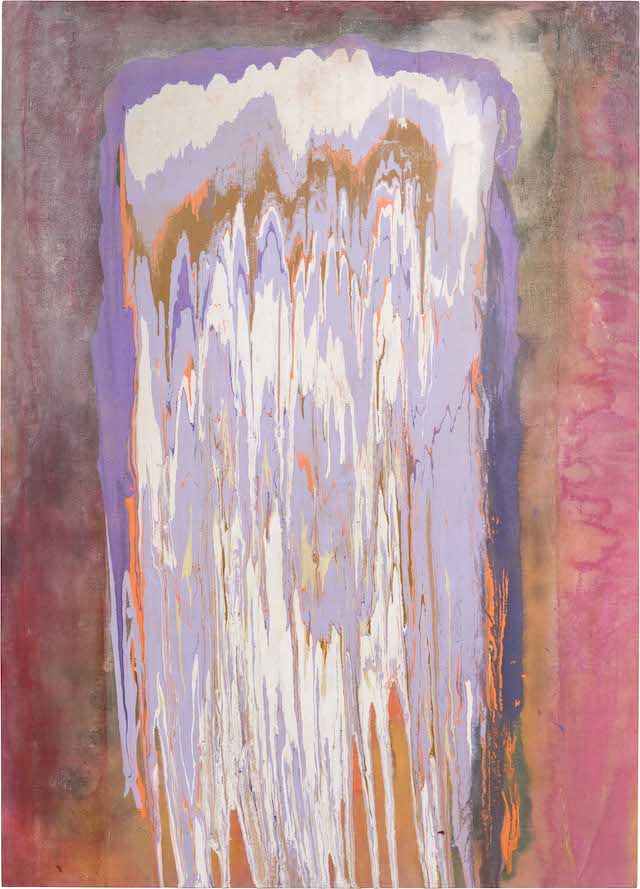
Bowling left England after feeling pigeonholed in a race box he never wanted to be defined by, despite graduating from the Royal College of Art with flying colours, being awarded the silver medal to David Hockney’s gold. Guyana has always been a touchstone in his paintings, but Bowling resists lazy identarian readings. What troubles him even now, he says, is that “because I wasn’t born in England, people make a case for me expressing this painting with a Caribbean eye. Well, I’m still waiting to see this Caribbean eye”.
In America he found his voice, taking inspiration from the “daring of the Abstract Expressionists”. New York was buzzing with artists arguing about art in bars and on the streets. “You could feel it,” says Bowling. “You somehow bounced the energy from that experience, if you were lucky, straight down on the canvas, say going for a walk down Broadway”. In New York Bowling became friends with the influential critic Clement Greenberg, who encouraged his focus on formal concerns. Even now he sometimes hears the Abstract Expressionist champion in the night. What does he say? “You nearly had it if you hadn’t fucked it up. You put that blue in the corner over there,” Bowling jokes.
Soon after Bowling’s arrival in New York, he had a revelation. While pouring paint on the floor, he followed the light coming through the window and “the paint flowed into a kind of map of South America”. He called his friend, the artist Larry Rivers, who suggested he should use an epidiascope to trace the map outlines more accurately. The discovery propelled Bowling on the path towards abstraction, fusing stencilled maps with spectacular colour field washes and dapples of light and shadow in his acclaimed Map Paintings.

Bowling revelled in the limitless possibilities of abstraction, its refusal to be pinned down by reductive interpretations. Against the backdrop of the civil rights movement, Black Power leaders were calling for African American artists to make work that represented the Black experience. Bowling played an important role in the debate, contributing magazine articles defending Black artists’ right to engage with any form of artistic expression, and curated a show of abstractionists including Jack Whitten and Melvin Edwards at the State University of New York, Stony Brook. In the early 1970s Bowling moved into a new phase, using a tilting apparatus to create what he called “controlled accidents” that discharged paint onto the canvas in multiple directions and at different speeds in his Poured Painting series.
For the London show ‘Frank Bowling and Sculpture’, the curator Sam Cornish brought together a small group of Bowling’s unpainted steel sculptures made in the late 1980s and early 1990s alongside canvases from the 1970s to the present to demonstrate the sculptural thinking behind the artist’s painting. “There definitely is a dialogue there,” Bowling tells me. “It’s obvious that sculpture is principally concerned with form, structure and geometry. But so is painting!” He points to Dutch painters he’s looked at, from the 17th century master Pieter de Hooch to Mondrian: “Those artists used structures in their work that helped me to get to a position where I understood much more clearly what I was trying to do.”
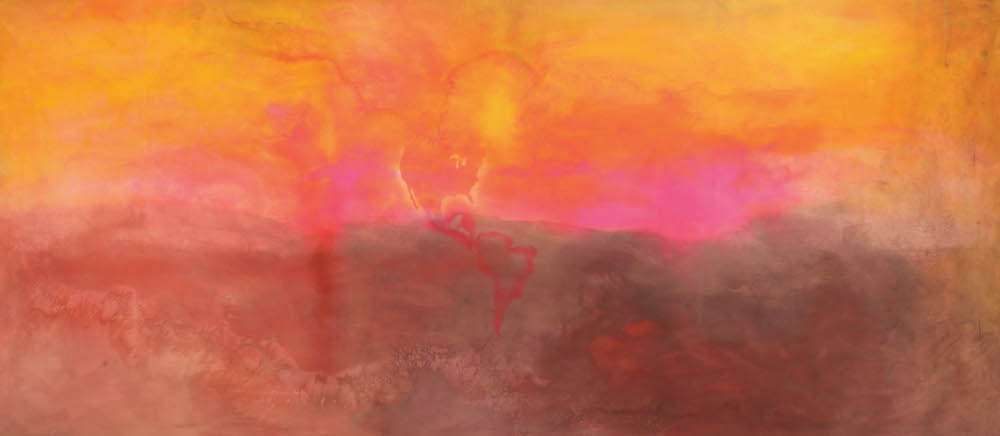
While Bowling’s magnificent sculptural reliefs from the 1980s containing everyday detritus from children’s toys to shells are renowned, few people even know of his forays into sculpture. His first was in New York in the early 1970s, a rickety stack of wooden crates. “Donald Judd lived just around the corner from my loft on Broadway,” he explains. “His famous minimalist boxes displayed a simplicity and regularity of form that I found engaging, but I wanted to take the idea somewhere else.” (One of his sculptures – resembling a frame for a table stand surrounded by a cube – has the tongue-in-cheek title What Else Can You Put in a Judd Box.) Back in the UK from 1975, Bowling struggled to get shows despite success in America, where he had a solo show at the Whitney Museum of American Art. Yet these long years in the wilderness gave him valuable opportunity for creative risk-taking. At that time he was employing packing materials and acrylic foam combined with gel, shells and thick paint to build up the surfaces in monumental, seething landscapes such as his Great Thames paintings, which evoke the majesty of JMW Turner and radiance of Monet. “I’m moved to chuck in anything that’s to hand in the studio,” he says. “I never throw anything away: it adds to the material drama of the painting.” Plastic bags, a visitor’s dress, even his wife’s car keys have all found their way into his canvases at different times.
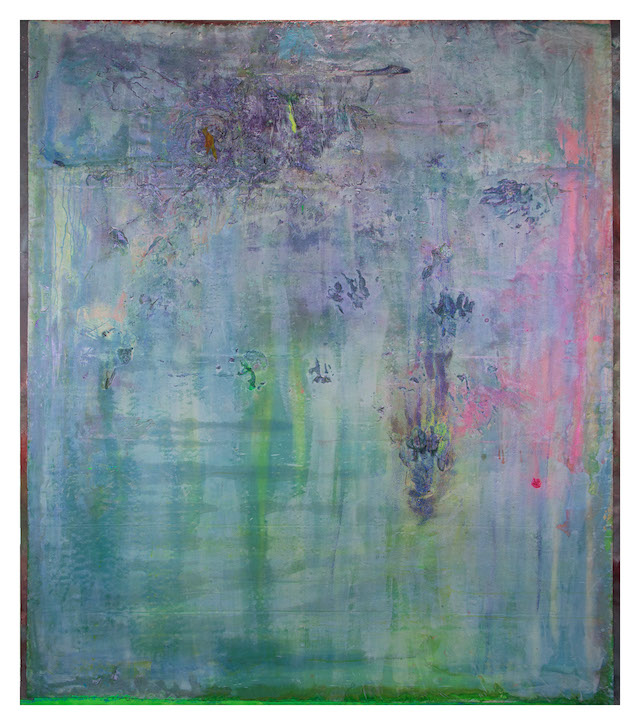
In 1988, he was offered a show at Castlefield Gallery in Manchester and asked what sculptor he would like to exhibit with. Bowling suggested making some sculptures himself. He scavenged scrap metal from an engineering firm next to his studio and got help with welding. “Doing sculpture and painting at the same time seemed like an interesting way to work out some geometric ideas in two and three dimensions. In both the paintings and the sculptures, it’s about geometry, the way that squares and circles and triangles interact to create stability in form,” he says. Many of Bowling’s sculptures from that period have disappeared or returned to scrap. One, The Man Who Mistook his Wife for a Hat after the neurologist Oliver Sacks’ famous book, sat in Bowling’s living room for years, accumulating miscellanea such as a pith helmet and a pair of green woolly socks. He talks of the sculptures as “a bit of fun”, a way of exploring three-dimensional form. “You should have fun with your work,” he insists. “All this business about angst as the only area out of which art can come doesn’t sit well with me.”
These are words Bowling lives by. In his studio lined with abstract canvases exploding with colour and myriad pots of paint, brushes and assorted tools, I witnessed the artist bring a painting to life, all the while enjoying himself immensely. Wearing his customary attire of fedora, jacket and cane, Bowling directed family members from his wheelchair with the precision of an orchestra conductor – his health being too poor for the physical labour of his brand of action painting. “Put gel on the edges. No, no, no, you’ve gone putting it on the flat,” he admonishes his son Ben, as he points his green laser pen to a spot on the surface of a vast hallucinatory canvas thinly stained with rivulets of blue over a layer of red streaks. “Pull the spatula across, you’ve got that right. It’s the imprint of what was left behind that I want,” he says, spraying jets of water from a bottle. Another canvas was pinned below to catch drips and runs that would mark the start of the subsequent painting. Reactions between the materials happen fast and Bowling has to be ready to respond to the unforeseen. Do things ever go wrong? “Everything is wrong, everything is right,” he says. “It depends entirely on the kind of confidence you bring to the work.”
‘Frank Bowling’s Americas’ at the Museum of Fine Arts, Boston runs October 22, 2022–April 9, 2023
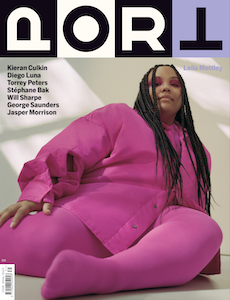
This article is taken from Port issue 31. To continue reading, buy the issue or subscribe here




